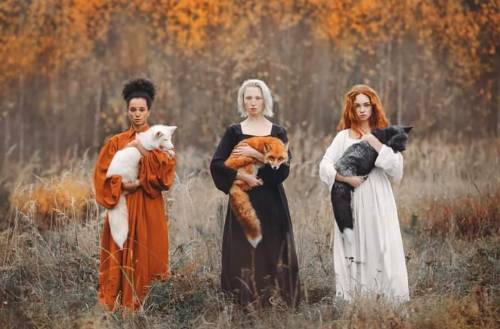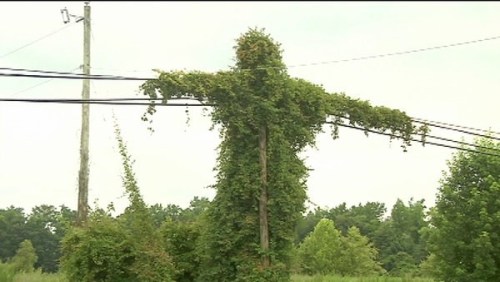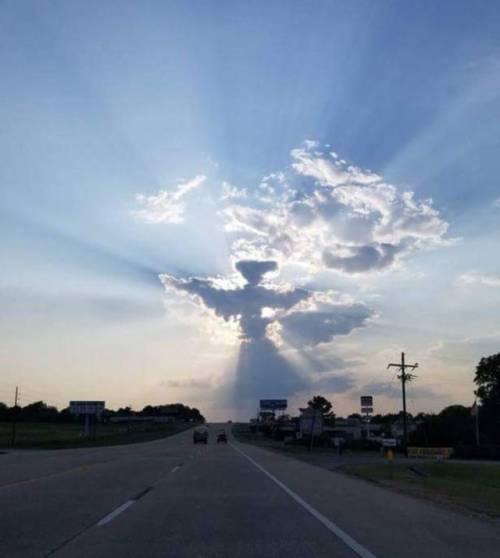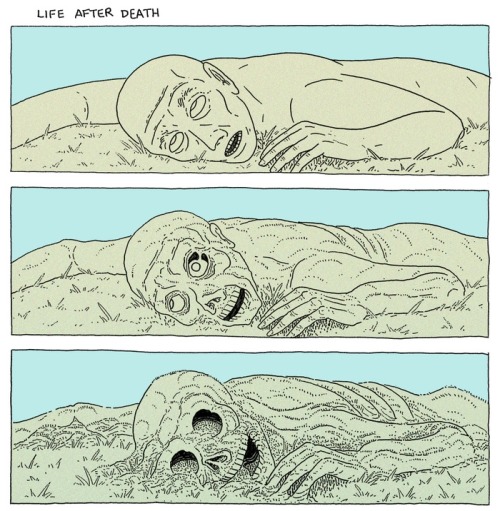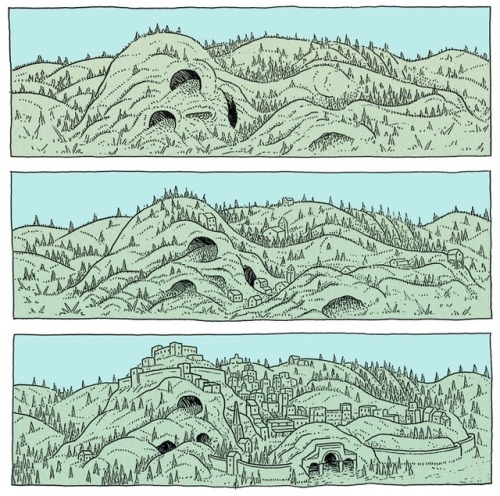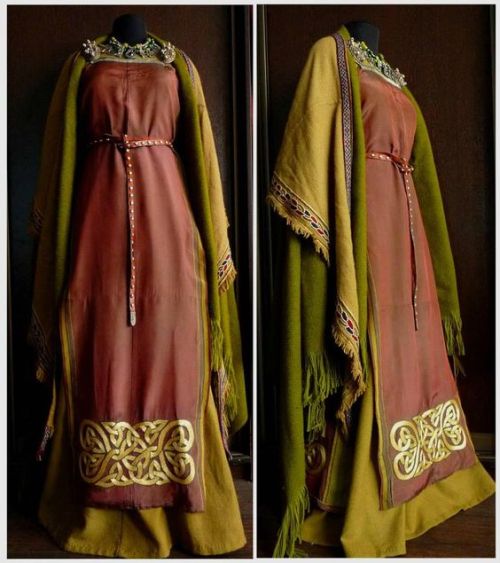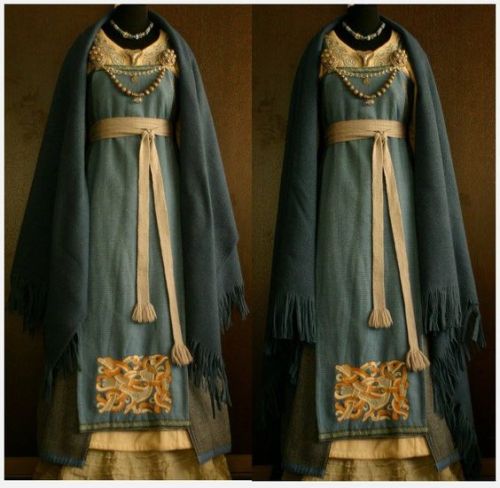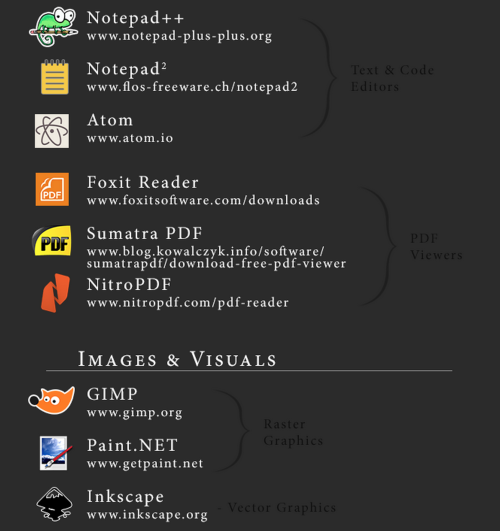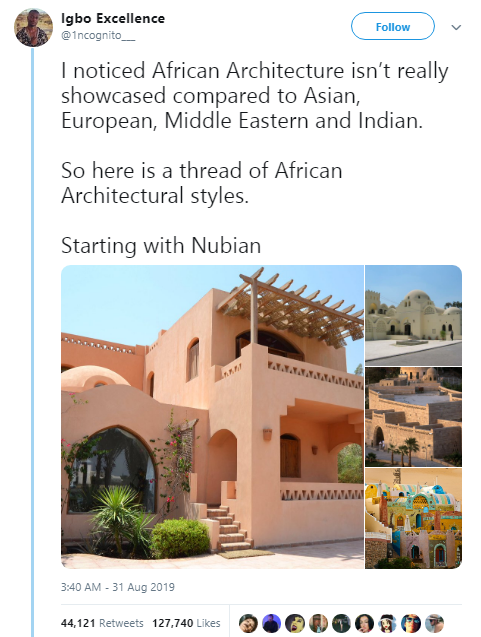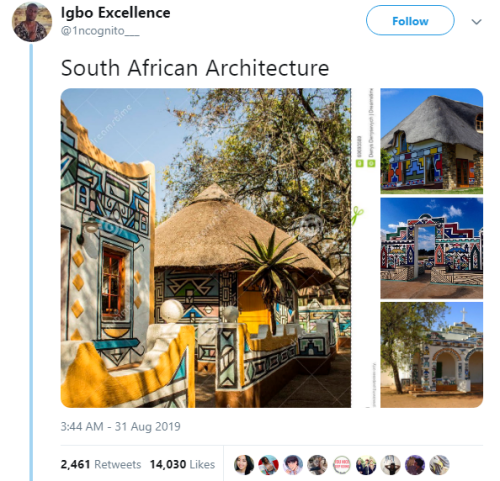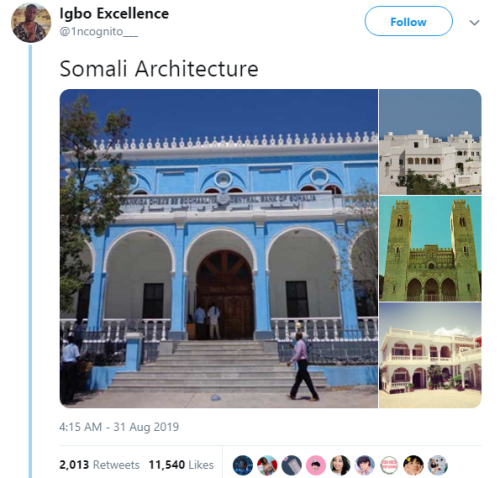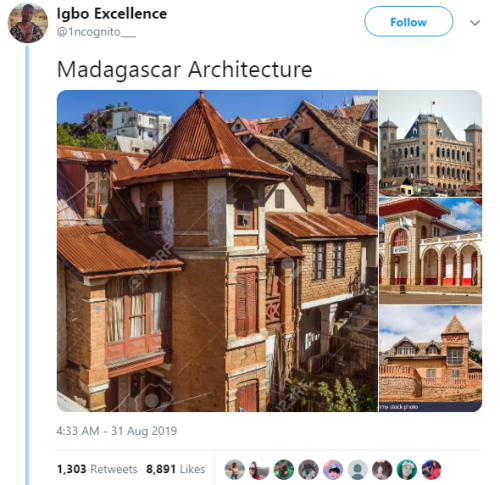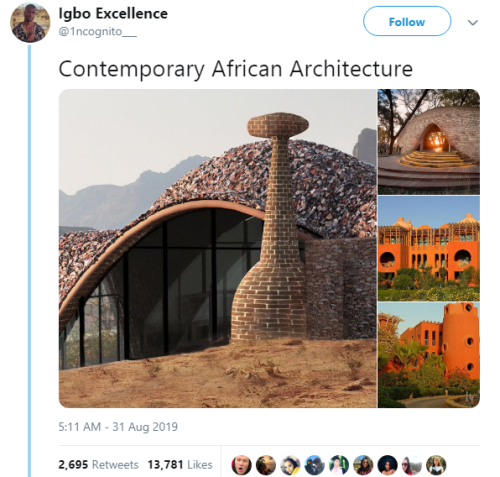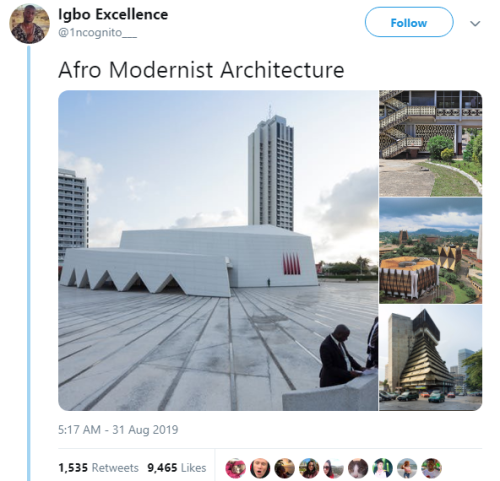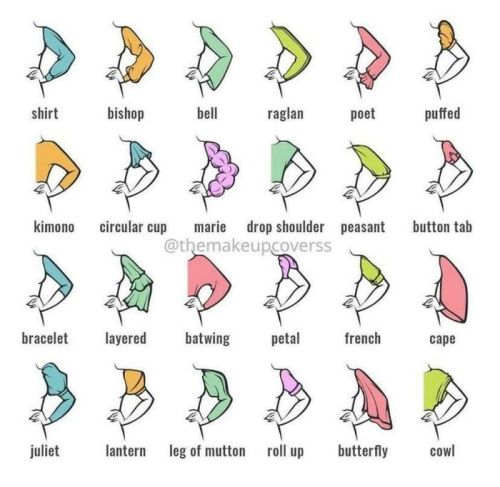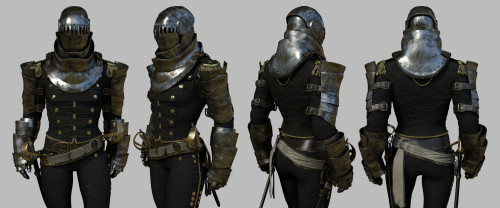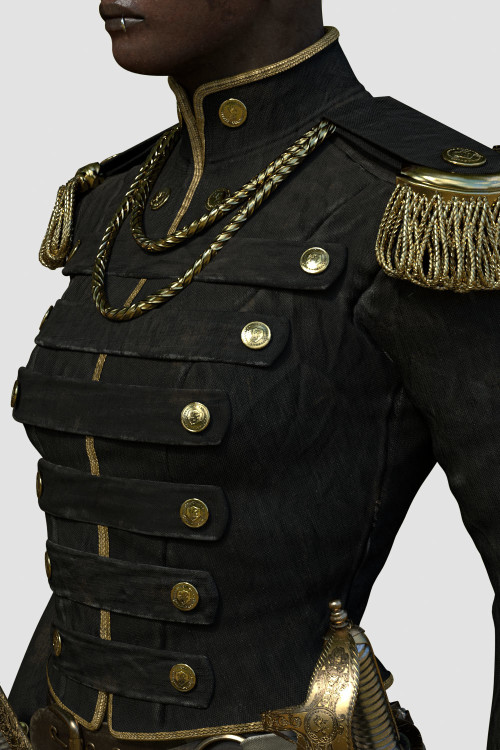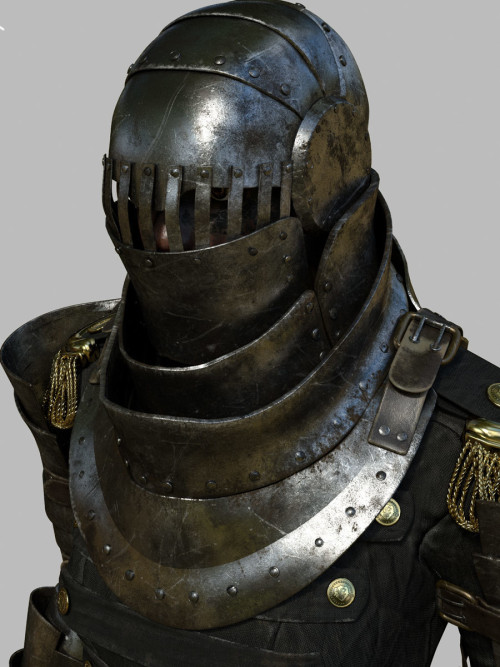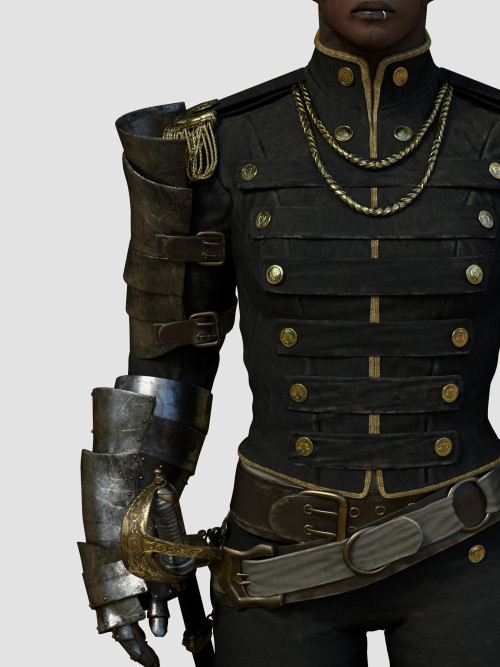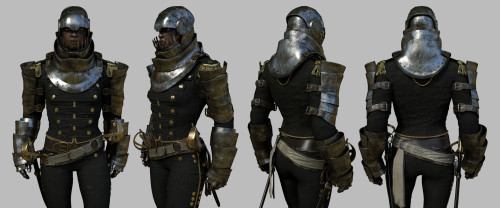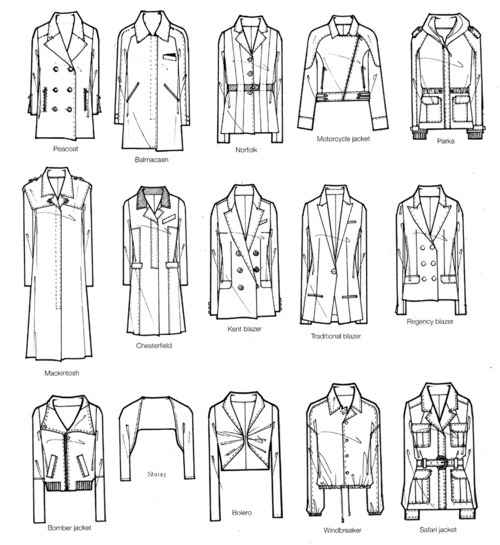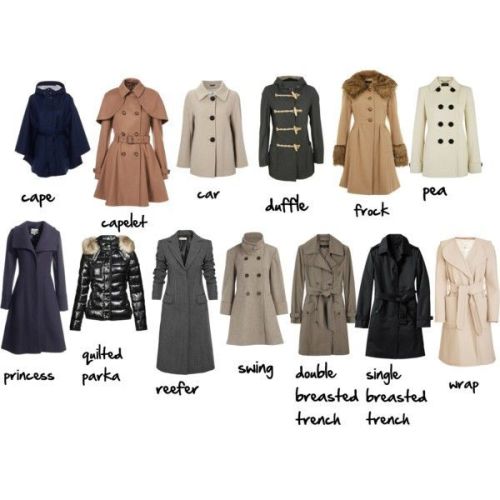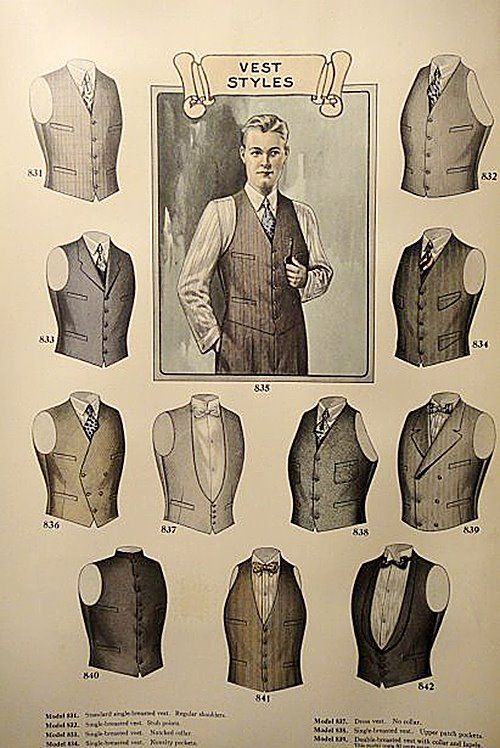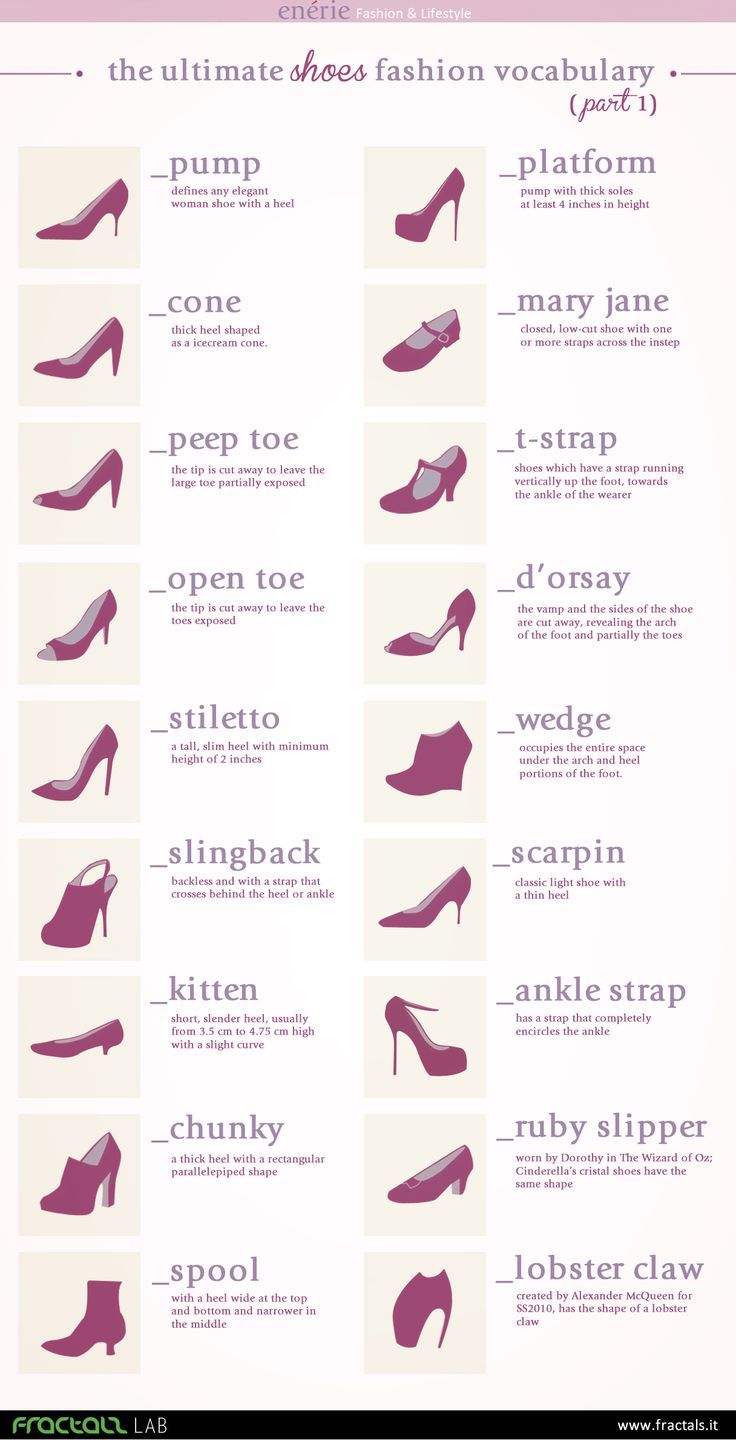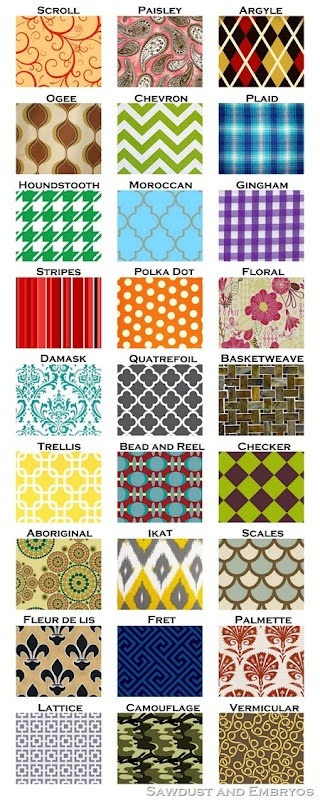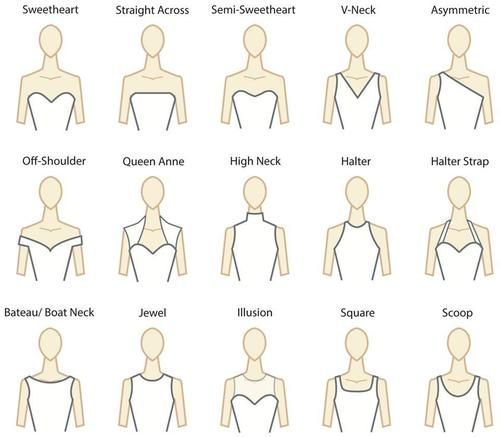
A side blog where I'll *try* to keep things organised.yeahthatsnotgoingtolastlong
241 posts
Latest Posts by thejunkdrawers - Page 5
if you definitely 100% own all of the dnd 5E content after spending hundreds of dollars on it whether physically or digitally (or both!) u should use this site here as a quick n easy reference point for the content you definitely already legally own because you’re a law abiding citizen who has paid hundreds of dollars for a shittonne of books.
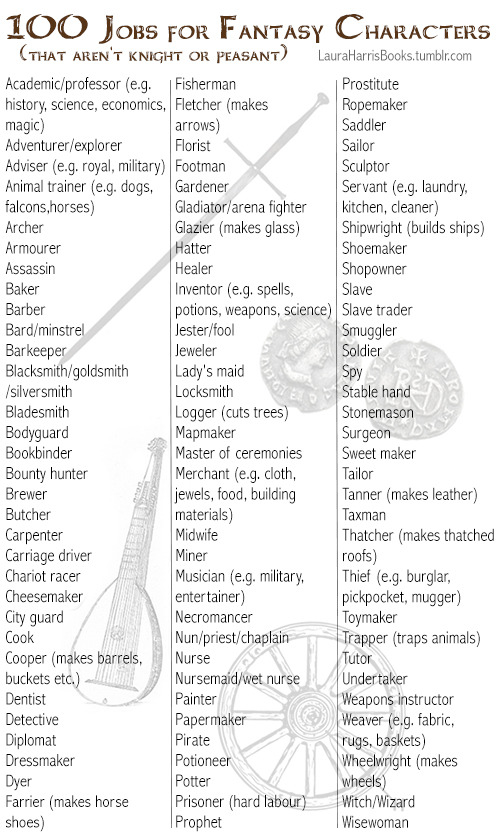
Beyond this, consider how these professions might vary depending on who the customers are - nobles, or lower class. Are they good at their job or just scraping by? Do they work with lots of other people or on their own? City or village?
For younger characters:
Apprentice to any of the above
Messenger/runner
Page/squire
Pickpocket
Shop assistant
Student
Looks after younger siblings
(Images all from Wikimedia Commons)
What people think why i became a bookbinder: Oh she wants to explore her artistic horizon with those pretty leather bound books of hers. She even gives them out as gifts to her friends. It most likely helps her with anxiety or maybe she just wanted a more special costume made notebook.
Why I actually became a bookbinder: I just illegally downloaded and printed out several of my favourite fanfics and books and started binding them into books cuz I love reading them but looking at screens for too long gives me headaches.



Blue’s Feathers and Wings Compendium: Atypical Wing Shapes
Wings Part 1 [Standard ]| Wings Part 2 [Atypical] | Feather Markings | Tail Feathers [Part 1] | Tail Feathers [Part2]
These wings are a small array of Atypical wing shapes, complete with flippered wings, flightless wings, and fancy plumes. Again, creating my own names for some of these wing types since there isn’t any official naming of the different shapes, and I want to make it easily understandable for others rather than complicating these things with academic names.
“This is your daily, friendly reminder to use commas instead of periods during the dialogue of your story,” she said with a smile.
it’s hilarious to me when people call historical fashions that men hated oppressive
like in BuzzFeed’s Women Wear Hoop Skirts For A Day While Being Exaggeratedly Bad At Doing Everything In Them video, one woman comments that she’s being “oppressed by the patriarchy.” if you’ve read anything Victorian man ever said about hoop skirts, you know that’s pretty much the exact opposite of the truth
thing is, hoop skirts evolved as liberating garment for women. before them, to achieve roughly conical skirt fullness, they had to wear many layers of petticoats (some stiffened with horsehair braid or other kinds of cord). the cage crinoline made their outfits instantly lighter and easier to move in
it also enabled skirts to get waaaaay bigger. and, as you see in the late 1860s, 1870s, and mid-late 1880s, to take on even less natural shapes. we jokingly call bustles fake butts, but trust me- nobody saw them that way. it was just skirts doing weird, exciting Skirt Things that women had tons of fun with
men, obviously, loathed the whole affair

(1864)

(1850s. gods, if only crinolines were huge enough to keep men from getting too close)

(no date given, but also, this is 100% impossible)

(also undated, but the ruffles make me think 1850s)
it was also something that women of all social classes- maids and society ladies, enslaved women and free women of color -all wore at one point or another. interesting bit of unexpected equalization there
and when bustles came in, guess what? men hated those, too

(1880s)

(probably also 1880s? the ladies are being compared to beetles and snails. in case that was unclear)

(1870s, I think? the bustle itself looks early 1870s but the tight fit of the actual gown looks later)
hoops and bustles weren’t tools of the patriarchy. they were items 1 and 2 on the 19th century’s “Fashion Trends Women Love That Men Hate” lists, with bonus built-in personal space enforcement
I wanna hear these Opinions on steampunk color palettes, if you’re willing.
tbh “the Victorians did not go to the trouble of inventing aniline dyes so that we could wear neutrals” mostly covers it?
they went to a lot of effort to bring affordable screaming bright fuchsias and acid greens into the world, and we should honor their tacky, tacky choices.
YOU KNOW WHAT BOTHERS ME
when fantasy books describe the cloth of Quant Farmpeople’s clothing as “homespun” or “rough homespun”
“homespun” as opposed to what??? EVERYTHING WAS SPUN AT HOME
they didn’t have fucking spinning factories, your pseudo-medieval farmwife is lucky if she has a fucking spinning wheel, otherwise she’s spinning every single thread her family wears on a drop spindle NO ONE ELSE WAS DOING THE SPINNING unless you go out of your way to establish a certain baseline of industrialization in your fake medieval fantasy land.
and “rough”??? lol just because it’s farm clothes? bitch cloth was valuable as fuck because of the labor involved ain’t no self-respecting woman gonna waste fiber and ALL THAT FUCKING TIME spinning shitty yarn to weave into shitty cloth she’s gonna make GOOD QUALITY SHIT for her family, and considering that women were doing fiber prep/spinning/weaving for like 80% of their waking time up until very recently in world history, literally every woman has the skills necessary to produce some TERRIFYINGLY GOOD QUALITY THREADS
come to think of it i’ve never read a fantasy novel that talks about textile production at all??? like it’s even worse than the “where are all the farms” problem like where are people getting the cloth if no one’s doing the spinning and weaving??? kmart???
Feels like I should post these here as well - Chinese makeup elements iconic to Mulan’s era!
Meaning the Northern and Southern Dynasties, the Sui dynasty, or the Tang dynasty (~400-900 CE). These few hundred years were when aesthetic styles in China were at their boldest.





My Instagram
My Chinese history tweet collections
Worldbuilders naming towns: I named this town Elygwe’meth which means “Where the Dearly Beloved King died next to his Lover” in the language I invented and also a combination of the Old English word for diamonds and the Maori word for apples since that’s their main exports
People in real life naming towns: I named this town Big Falls cause big fall there
Speaking of pairings, here’s a brief exercise I’ve used in my tabletop games to quickly generate pairs of NPCs who fit a very specific archetype, but still have some variety to them:
One is tall, the other is short.
One is stout, the other is slender.
One is neat and proper, the other needs some work.
One talks too much, the other lets their actions speak for them.
One is a little bit goofy, the other is kind of intense.
Pick one trait from each row. Character A has those five traits. Character B has the five traits you didn’t pick.
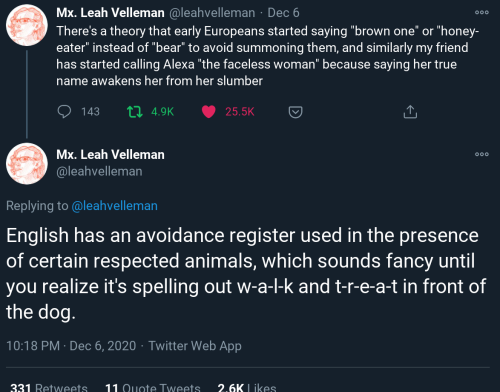
There’s a theory that early Europeans started saying “brown one” or “honey-eater” instead of “bear” to avoid summoning them, and similarly my friend has started calling Alexa “the faceless woman” because saying her true name awakens her from her slumber
English has an avoidance register used in the presence of certain respected animals, which sounds fancy until you realize it’s spelling out w-a-l-k and t-r-e-a-t in front of the dog.
Mx. Leah Velleman on twitter
Foods Humanity Figures Out Everywhere
soup: Boil The Food To Make Food Water
stew? gravy? curry?: like soup but less water more food
porridge: add water to the starch but not so much. warm and mushy yum
pancake/flatbread: make the starch wet and flat, then put on hot surface.
fried starch thing: Use hot oil to make starch crispy yum++
dumpling: put the not starch in the starch thing and cook it.
alt dumpling: ball of starch added to soup or stew. makes chewy starch ball yum yum
filled portable food: starch wrapper of some kind to make it so you can eat the messy food with your hands.
Zombie setting where the undead are drawn towards unhygienic scents, so survivors constantly bathe to avoid being eaten.
Zombies are docile when adorned with flowers.
Settlements overgrown with herbs and flora.
Barely any banditry; everyone is focused on farming and gathering.
Different human factions and towns named after flowers like Lilies, Orchids, Roses, etc.
Instead of immediately killing an infected survivor, they’re given special funeral rites - the zombie is covered with flowers to keep them calm, and allowed to walk out from the settlement to join the hordes.

reintroducing endangered manticore cubs to the wild
(rearing costume necessary to avoid imprinting)
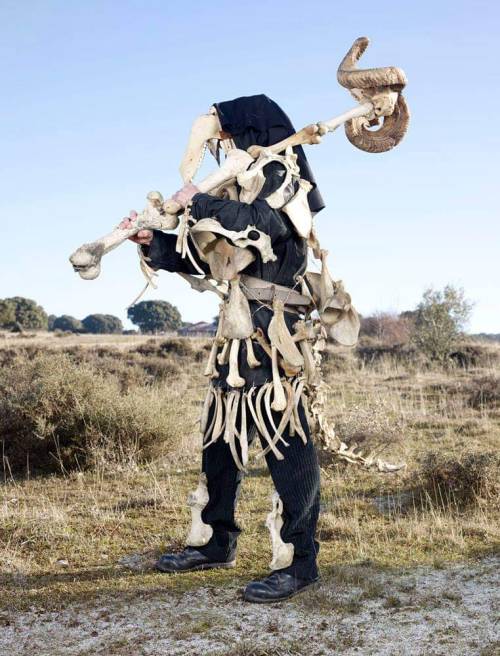
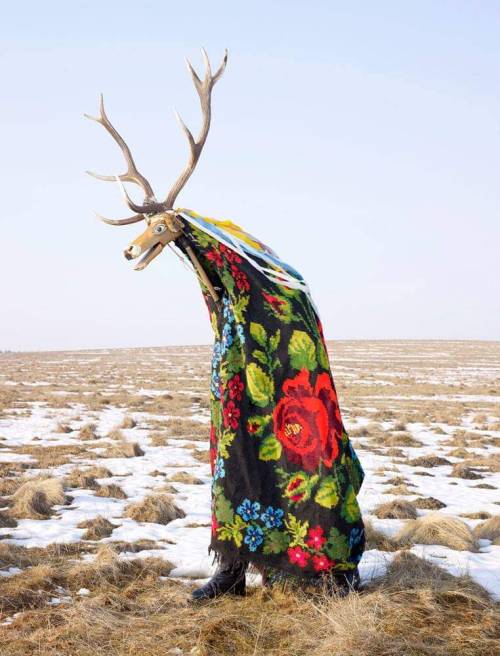
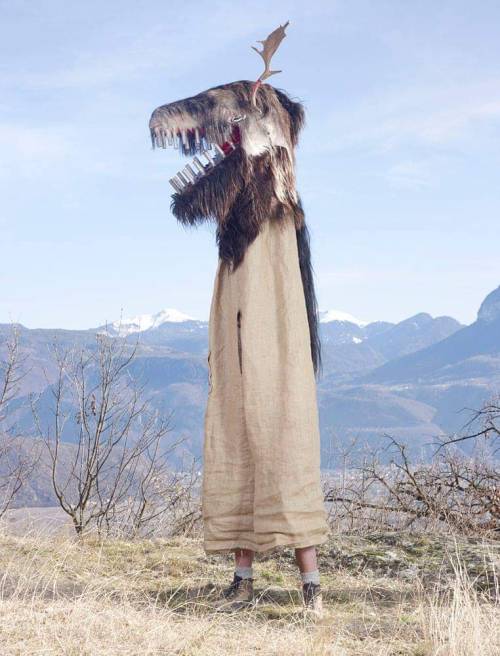



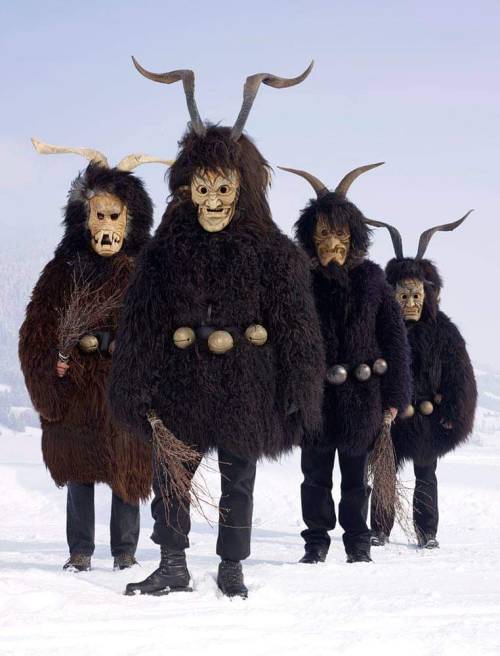
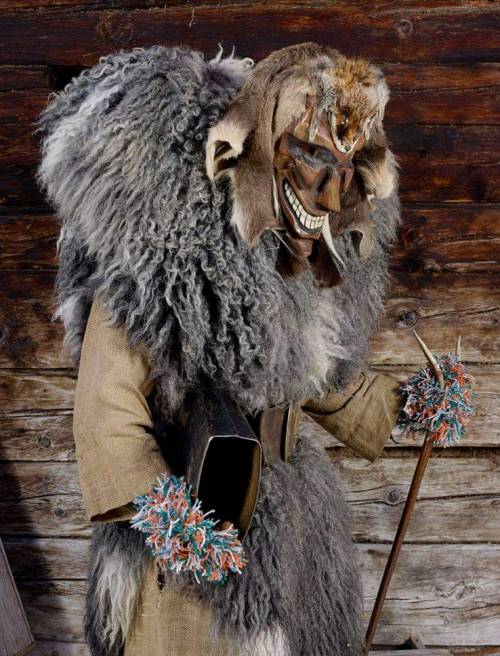


Traditional European Christmas time monsters, photographer across the Europe by Charles Fréger.
